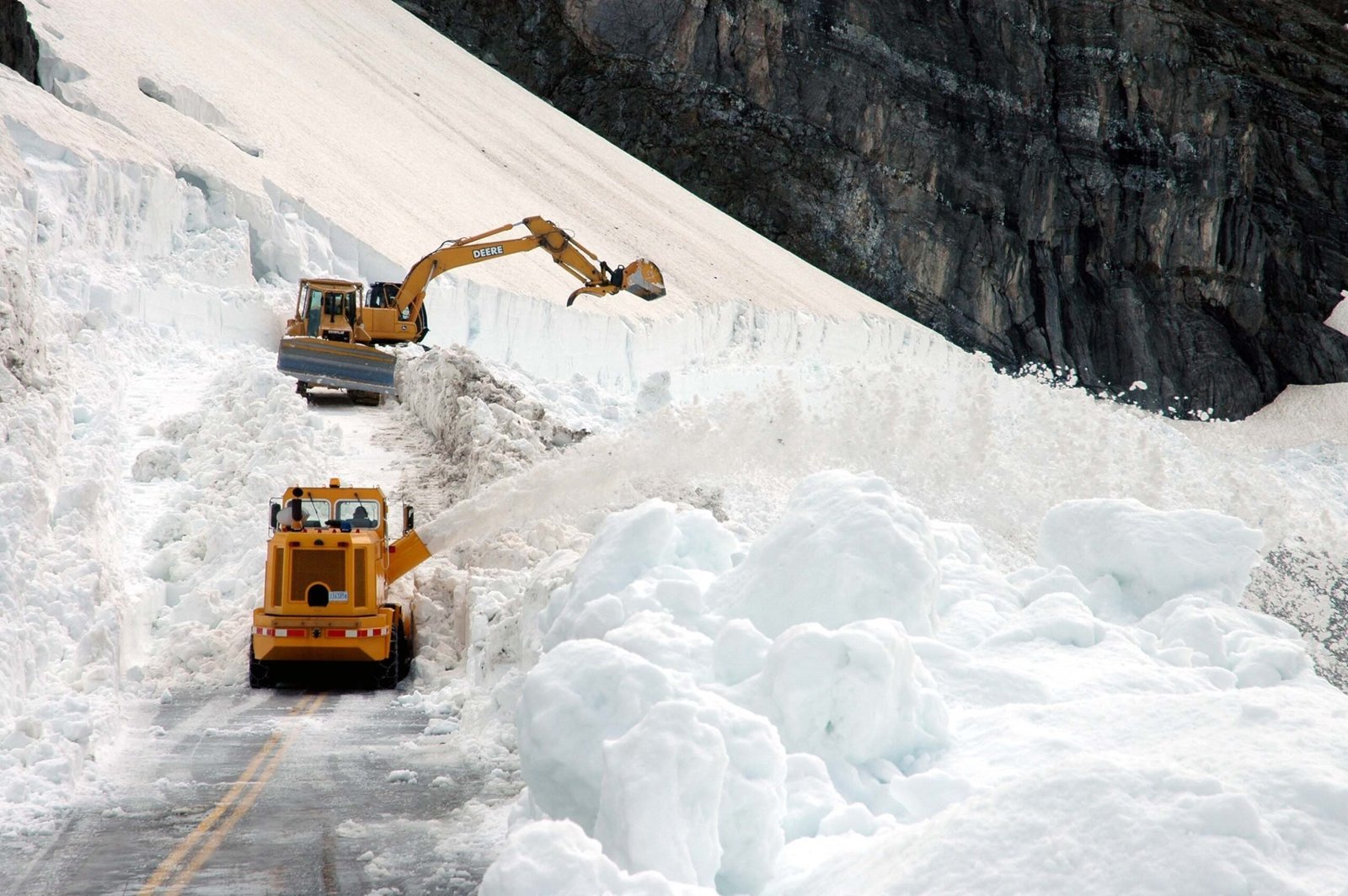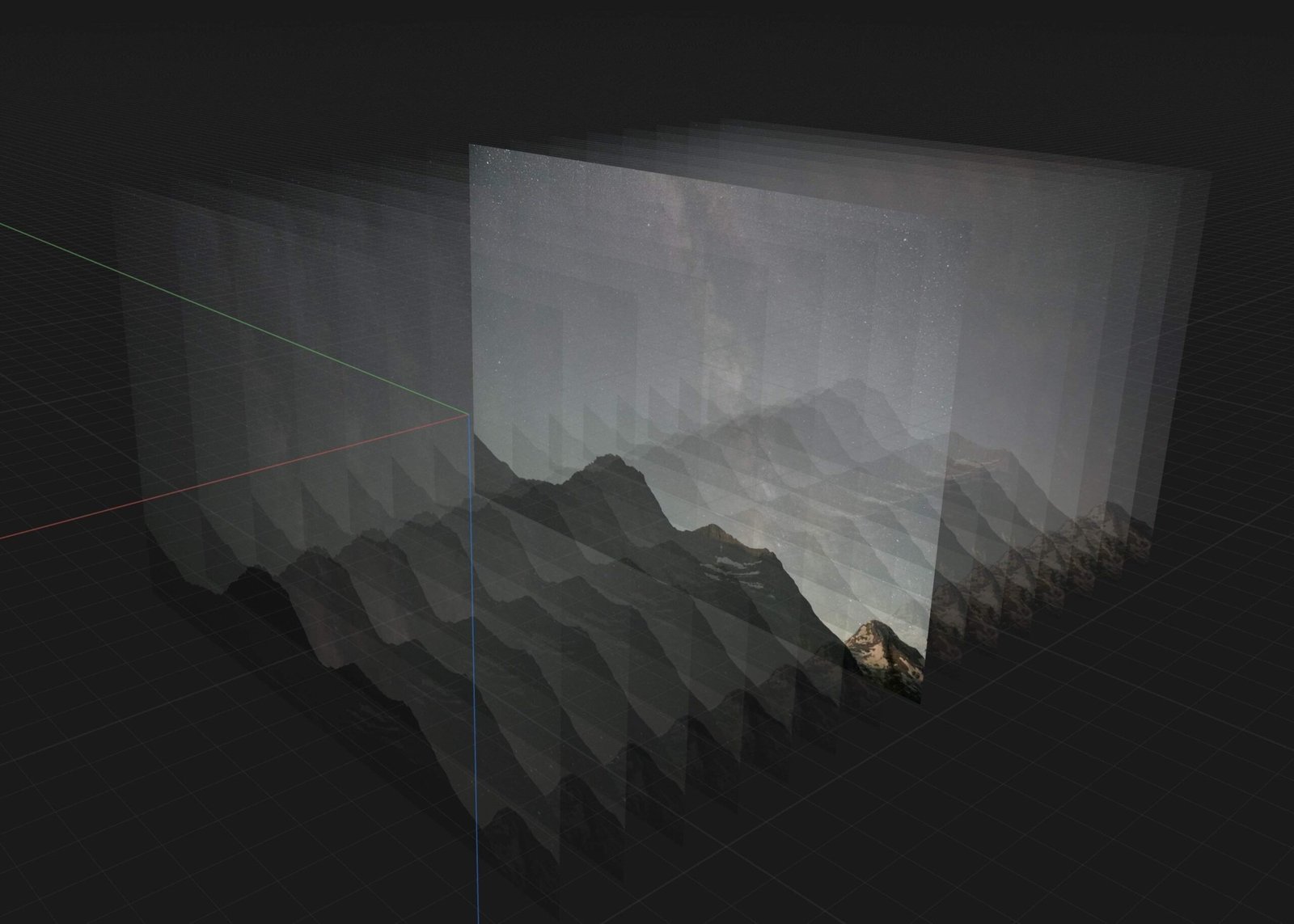Glacier National Park GPS finder rental options are limited but crucial for navigating this vast wilderness. While the park itself doesn’t offer direct GPS rental services, visitors can explore alternatives through car rental agencies or by bringing their own devices. Understanding the challenges of GPS usage in the park, knowing where to find rental options, and preparing for navigation difficulties are essential for a safe and enjoyable experience in Glacier National Park.
Where Can I Find GPS Rental Options for Glacier National Park?

While Glacier National Park doesn’t provide direct GPS rental services, there are several options available for visitors:
- Car Rental Agencies: Companies like Avis, operating near the park, often include GPS units in their rental packages.
- Local Outdoor Gear Shops: Some stores in nearby towns may offer GPS device rentals.
- Online Rental Services: Websites specializing in outdoor gear rentals might have GPS units available for shipping to your location.
It’s important to note that availability may vary, especially during peak seasons. Always call ahead to confirm rental options and prices.
What Are the Best GPS Devices for Glacier National Park Navigation?

When choosing a GPS device for Glacier National Park, consider the following features:
- Rugged Design: Look for water-resistant and shock-proof models.
- Long Battery Life: Opt for devices that can last several days on a single charge.
- Preloaded Topographic Maps: Ensure the device includes detailed maps of Glacier National Park.
- Satellite Messaging: Some advanced GPS units offer emergency communication capabilities.
Top-rated GPS devices for wilderness navigation include:
- Garmin GPSMAP 66i
- Garmin inReach Explorer+
- Garmin Montana 700i
- Magellan eXplorist 350H
These devices offer a combination of reliable navigation, long battery life, and additional safety features suitable for Glacier National Park’s terrain.
How Reliable Is GPS Coverage in Glacier National Park?
GPS coverage in Glacier National Park can be inconsistent due to the following factors:
- Mountainous Terrain: Steep valleys and high peaks can interfere with satellite signals.
- Dense Forest Canopy: Thick tree cover may reduce GPS accuracy in some areas.
- Remote Locations: Some parts of the park are far from cell towers, affecting assisted GPS functionality.
To mitigate these issues:
- Always carry a physical map and compass as backup
- Download offline maps before entering the park
- Use a GPS device with WAAS (Wide Area Augmentation System) for improved accuracy
What Essential Navigation Tips Should I Know for Glacier National Park?
- Plan Your Route in Advance:
- Study park maps and trail descriptions
- Mark key waypoints on your GPS device
-
Inform someone of your planned route and expected return time
-
Understand Park Regulations:
- Check if vehicle reservations are required for certain areas
-
Be aware of closed trails or restricted zones
-
Prepare for Limited Connectivity:
- Don’t rely solely on smartphone apps
-
Bring extra batteries or a portable charger for your GPS device
-
Be Weather-Aware:
- Check weather forecasts before and during your trip
-
Be prepared for sudden changes in mountain weather
-
Practice Leave No Trace Principles:
- Stay on marked trails to protect the environment
- Use GPS to ensure you’re not entering sensitive ecological areas
Are There Any Specific Challenges When Using GPS in Glacier National Park?
Using GPS in Glacier National Park comes with unique challenges:
- Signal Interference:
- Cause: Steep cliffs and deep valleys
-
Solution: Move to higher ground or open areas for better signal reception
-
Battery Drain:
- Cause: Cold temperatures and continuous use
-
Solution: Carry spare batteries and keep devices warm
-
Map Inaccuracies:
- Cause: Rapidly changing glacial landscapes
-
Solution: Use the most up-to-date maps and cross-reference with physical maps
-
Over-reliance on Technology:
- Risk: Neglecting basic navigation skills
- Solution: Always carry and know how to use a map and compass
What Alternative Navigation Methods Should I Consider?
While GPS is useful, consider these alternative navigation methods:
- Traditional Map and Compass: Essential skills for any backcountry traveler
- Trail Markers and Signage: Pay attention to physical markers along trails
- Natural Navigation: Learn to navigate using the sun, stars, and natural landmarks
- Guided Tours: Join ranger-led hikes or hire a local guide for expert navigation
How Can I Maximize My GPS Device’s Battery Life in Glacier National Park?
To extend your GPS device’s battery life:
- Reduce screen brightness
- Turn off unnecessary features (e.g., Bluetooth, Wi-Fi)
- Use battery-saving mode if available
- Keep the device warm in cold weather
- Bring a portable solar charger for extended trips
What Should I Do If My GPS Fails in Glacier National Park?
If your GPS fails:
- Stay calm and assess your situation
- Use your backup map and compass
- If lost, stay in one place to conserve energy and aid rescue efforts
- Use a whistle or other signaling device to attract attention
- If you have cell service, contact park rangers for assistance
Are There Any GPS-Guided Tours Available in Glacier National Park?
While there aren’t official GPS-guided tours, some alternatives include:
- Audio Tours: Download park-specific audio guides that sync with GPS locations
- Ranger-Led Programs: Join guided hikes that may use GPS for educational purposes
- Third-Party Apps: Some hiking apps offer GPS-enabled guided experiences
Always check with the park’s official website or visitor centers for the most up-to-date information on available tours and programs.
How Does GPS Navigation Integrate with Glacier National Park’s Conservation Efforts?
GPS technology plays a role in Glacier National Park’s conservation:
- Wildlife Tracking: Researchers use GPS collars to monitor animal movements
- Vegetation Mapping: GPS helps in cataloging and monitoring plant species
- Glacier Monitoring: Precise GPS measurements track glacial retreat
- Visitor Management: GPS data helps park officials manage crowd flow and protect sensitive areas
By using GPS responsibly, visitors can contribute to these efforts by staying on designated trails and reporting any unusual observations to park rangers.
In conclusion, while Glacier National Park GPS finder rental options may be limited, proper preparation and understanding of navigation challenges can ensure a safe and enriching experience in this stunning wilderness. Remember to always prioritize safety, respect park regulations, and have a backup plan for navigation.
References:
1. Vehicle Reservations – Glacier National Park
2. Fees & Passes – Glacier National Park
3. Rent a Car at Glacier Park International Airport (FCA) – Avis Car Rental